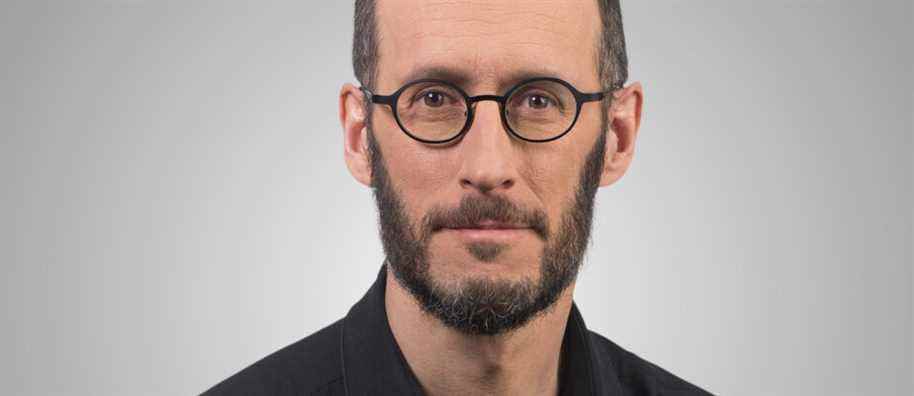The cat comes out of the bag, finally. The Bronfman clan is begging the Quebec government between 100 and 300 million for the return of the Expos to Montreal… part-time.
As expected, since most major league baseball teams require state support for the construction of a baseball stadium. We expected it, but the details revealed by my colleagues give us a better idea of the strategy that will be used to pass the pill.
To make taxpayers believe that, ultimately, the injection of public funds in a stadium of 1 billion dollars will be made “at zero cost” for the state.
According to my colleagues, Quebec would consider three sources of income for the “reimbursement” of a cash advance of 100 to 300 million. There would be the fallout from construction, taxes on player salaries and, finally, the revenue generated by visitors from outside Quebec who came to see the Expos, such as the QST.
While the exercise looks more consistent than 25 years ago, I have serious reservations about bringing in enough of this income to close the books at zero cost.
First flawed argument: the tax benefits of the construction of the stadium. Why wobbly? Because every dollar injected into the economy necessarily creates spinoffs, whether it is invested in the construction of a stadium or in the renovation of schools, for example.
Essentially, $ 1 of funds injected into non-residential construction increases gross domestic product (GDP) by $ 1.08, according to what Statistics Canada calls the “total multiplier.” In short, whether the 300 million in Quebec are invested in our schools in poor condition or in a luxurious stadium, the benefits are essentially the same.1.
You will tell me that the 300 million from the government would encourage the private sector to put 700 million on its side for the construction of the 1 billion stadium (in capital or mortgage loan). And that we must therefore consider the billion for spinoffs rather than just 300 million. Very good.
Except that this calculation does not take into account the overheating of the real estate market, in particular. Such a project would add fuel to overheating and increase not only the costs of the stadium, but those of other projects as well. And since a large part of the billions of annual investments are public (the Metropolitan Express Network, the metro blue line, Hydro-Quebec repairs, etc.), the State will also suffer the consequences.
A 2013 study estimated the tax impact of building a stadium at 56 million (around 65 million today). However, an increase of only 1% in the price of a 10 billion project caused by overheating greatly exceeds the expected fallout of 65 million. And this is to forget that the other possibility – to renovate our schools – would also have repercussions, not only fiscal, but social.
Second source of income invoked: the tax on players’ salaries. These would be new taxes, since these players are almost exclusively foreigners.
According to the calculations of my colleagues, the Quebec government would thus obtain 4.25 million in taxes, or half of the sums hoped for, since the team would share its local matches between Montreal and Tampa Bay.
But now, about half of these salaries are actually paid by local spectators, with tickets and merchandise, among others. And so half of those taxes would be collected elsewhere if the project failed, since supporters would spend their money otherwise. We only have to think of the boom in renovation spending caused by the pandemic to be convinced of this.
Finally, we do not know what will be the attendance at the Expos-Rays games, but historically, the Montrealers fill the stands of the winning teams, not otherwise (except for the Canadian, and again). And if the crowds aren’t there, homeowners’ losses could translate into tax deductions elsewhere.
Third source: tax revenues from foreign tourists who come to attend Expos-Rays games, for example the QST paid on their purchases.
In the past, some studies have clearly shown that some of the spectators of the late Expos came from outside Quebec. But this part is very small and it is difficult to know if these tourists would not have come to Quebec without the Expos.
In addition, we must take into account the leaks, since fans of Quebec Expos-Rays could also travel to the United States, on occasion, to follow their club.
Two other arguments must be taken into account. In Montreal, well-located land is increasingly scarce. Should we really reserve one of the most beautiful (in Peel Basin) for this non-strategic investment?
Finally, the mass of concrete that would be built would lead to significant greenhouse gas emissions. And as the stadium would only be really occupied by the club for about forty nights a year, one can wonder about the environmental and financial efficiency of the investment.
Baseball’s return to Montreal could be exciting for local fans, but this private and risky venture doesn’t have to be publicly funded.
1. The “total multiplier” encompasses all the favorable effects of an injection of funds, whether direct, indirect or induced, while excluding leaks (goods imported for works). According to this multiplier, 53% of the spinoffs go into the pockets of workers, and 39%, into those of contractors and subcontractors.
